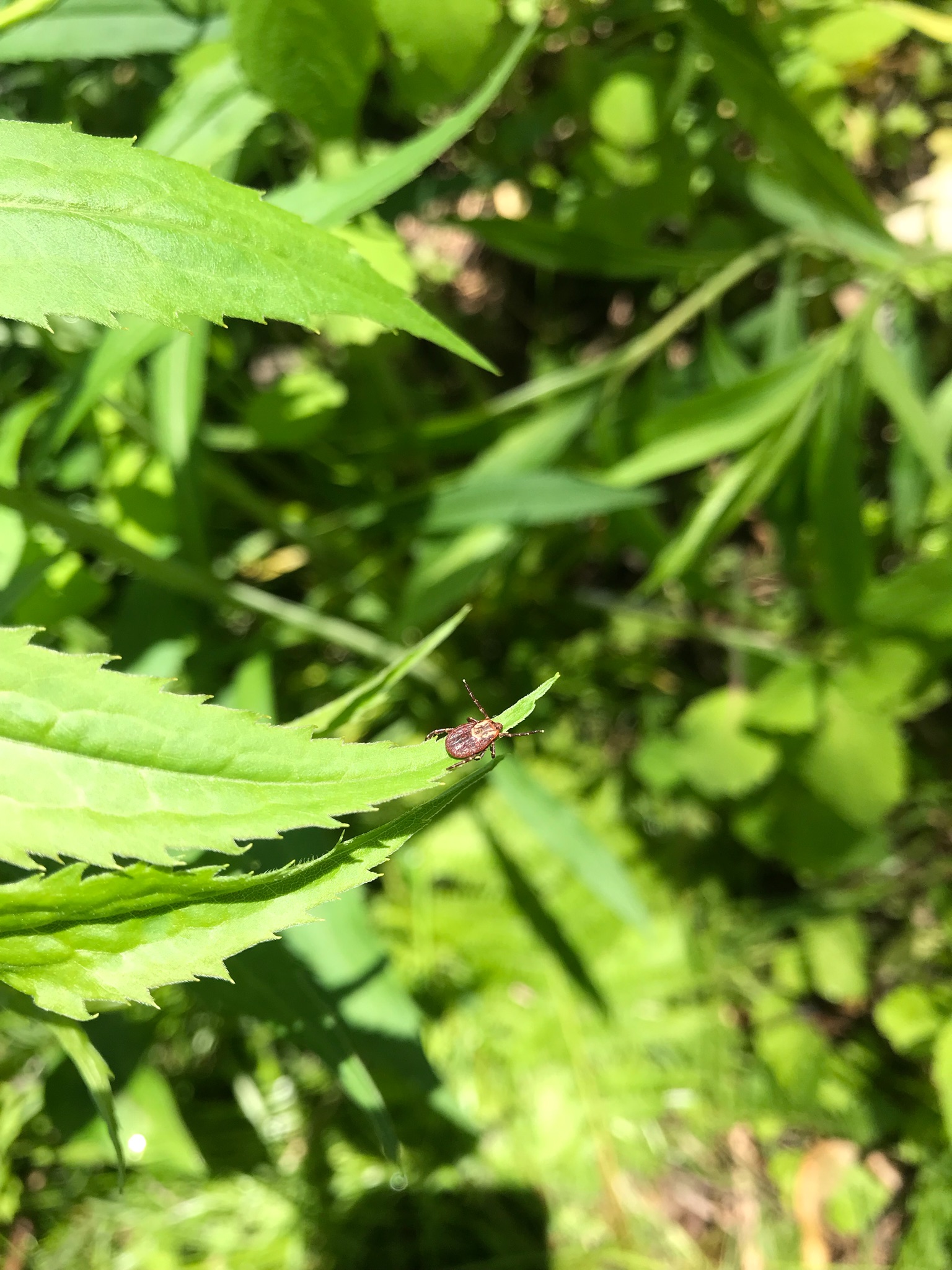Tick saliva and salivary glands have long been studied regarding the effects they can induce when obtaining blood meals.
Ticks have salivary proteins that contain immunomodulatory molecules that can affect the hosts environment, and therefore influencing blood feeding or the potential to transmit pathogens.
Ticks have two main methods of feeding on hosts:
1.) Pool feeding
2.) Piercing and sucking
- During pool feeding, the ticks’ unique mouthparts will cut open the hosts skin and superficial vessels/capillaries which results in blood leaking. This blood is later consumed by the tick.
- Feeding by piercing and sucking occurs when the ticks insert their mouthparts into the skin of their host and eventually the blood vessels to take a blood meal.
Both of these methods allow ticks to successfully acquire a blood meal and to potentially transmit any pathogens carried to their designated host.
The saliva of ticks is made up of a few basic components;: water, ions, tick proteins/peptides, non-peptide molecules, exosomes, and host proteins.
Some important components that ticks will inject into their host include:
- Anti-immunomodulatory (Immune system evasion)
- Anti-vasodilatory (Blood vessel shrinkage)
- Anti-coagulants (Blood clotting)
- Anti-complement factors (Preventing immune responses towards infections)
- Anti-platelet aggregation factors. (Preventing blood from clotting)
Most vertebrates will react to skin injuries caused by a tick bite by forming a haemostatic plug. This “plug” closes the damaged site of the blood vessels and helps to control bleeding. Some other reactions that are seen with the initial tick bite are vasoconstriction, inflammation, and wound healing. Disabling these processes allow ticks to ensure blood flow and evasion from the hosts immune system.
Ticks are separated into two broad groups:
- Hard (Ixodidae) – ie; deer, lone star, dog ticks.
- Soft (Argasidae) – ie; Antricola, Ornithodoros, Argas.
The salivary glands of both groups consist of several types of acini (small sac-like cavity located within glands).
Female ticks in the Ixodidae (hard tick) group consist of type I, II, and III acini.
Male ticks in the Ixodidae group consist of type IV acini.
Female and male ticks in the Argasidae (soft tick) group consist of type I, and II acini.
- Type I acini – involved in osmoregulation which is maintenance by an organism of internal balance between water and dissolved materials regardless of the environmental factors. The acini aid in the absorption of humidity from a ticks environment. This is essential for maintaining the ticks reservoir or energy to engage in questing behavior when seeking out hosts.
- Type II and III acini – involved in synthesis protein/lipid factors, pathogen osmoregulation, development, and replication.
- Type IV acini – involved in salivation that contributes to the transfer of spermatophores to the females genital opening during mating.
Recent studies show that ticks are capable of actively controlling specific types of acini through the neuropeptidergic network that stems from their synganglion (central nervous system of ticks).
References:

